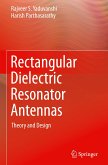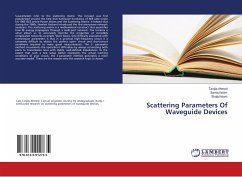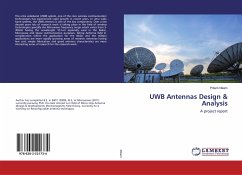The unique features of dielectric resonators and their potential advantages as radiating structures have encouraged researchers over the past two decades to devise various feeding mechanisms or structures suitable for dielectric resonator antennas. Among such structures are microstrip lines, coplanar waveguides, coaxial probes, image lines, and slotted cavities. Also, various geometries of dielectric resonator antennas were investigated, with the goal of introducing antenna geometries that have wide matching bandwidth, stable radiation patterns, and low cross-polarization levels. The aim of this work is to study the excitation of dielectric resonator antennas using rectangular waveguide slots and probes. Thus, the advantages of waveguides as feeding structures having low losses at high frequencies and the inherent wideband nature of dielectric resonator antennas are combined, which increases the system efficiency in the microwave range.








